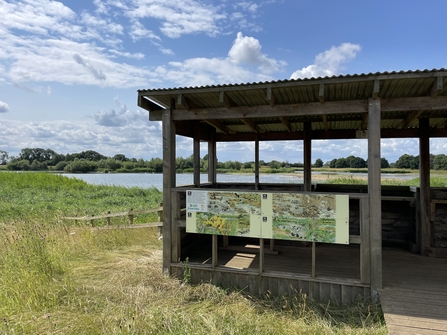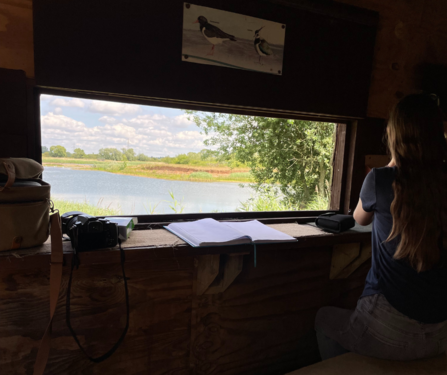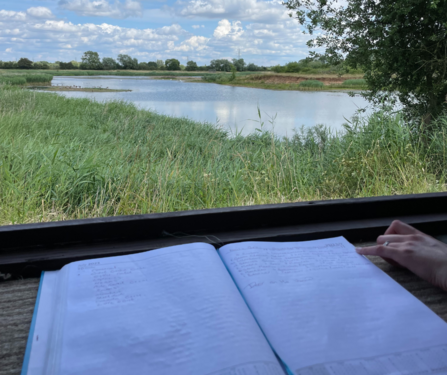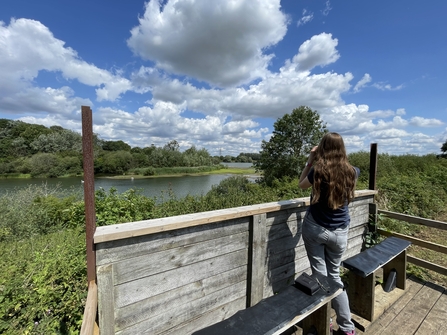I’ll be honest: I was hesitant to recommend Besthorpe Nature Reserve following a recent visit. I wanted to keep it all to myself. A secret.
Our nature recovery manager, Chris, and his group of conservation volunteers recommended a relaxed 90-minute circular walking route, around Mon’s pool in the south of the reserve. There were excited promises of egrets, herons, avocets, and little ringed plover (if I could remember what they looked like). I set off with high hopes.





